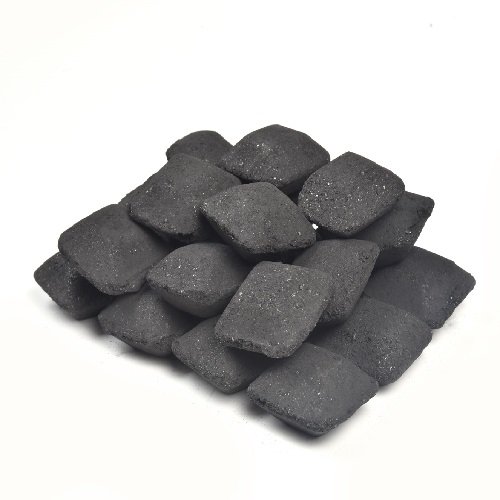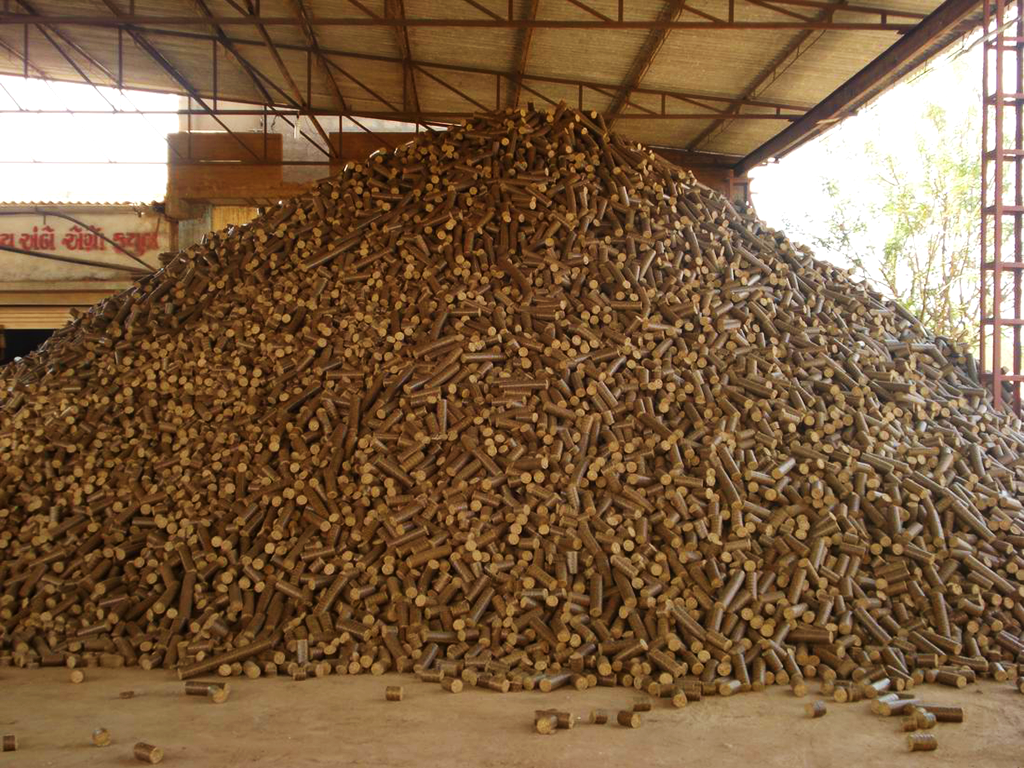
Briquettes
Coal Briquettes
Coal briquettes have long been produced as a means of using up ‘small coal’, the finely broken coal inevitably produced during the mining process. Otherwise this is difficult to burn as it is hard to arrange adequate airflow through a fire of these small pieces; also such fuel tends to be drawn up and out of the chimney by the draught, giving visible black smoke.
Phurnacite used the following mix:
- Bituminous coal, 25%
- Steam coal, 45%
- Dry steam coal, 22%
- Pitch, 8%
Early briquettes were large and brick-shaped.Phurnacite briquettes later adopted a squared oval shape. This regular shape packed well as a good firebed, with plentiful airflow. They are also easy to mechanically feed, allowing the development of automatically controlled heating boilers that could run for days without human intervention

Charcoal Briquettes
Charcoal briquettes sold for cooking food can include:
- Wood charcoal (fuel)
- Lignite coal (fuel)
- Anthracite coal (fuel)
- Limestone (ash colourant)
- Starch (binder)
- Borax (release agent)
- Sodium nitrate (accelerant)
- Sawdust
- Wax (some brands: binder, accelerant, ignition facilitator).
- Chaff (rice chaff and peanut chaff)


Biomass Briquettes
Biomass briquettes, crafted from agricultural residue, serve as an eco-friendly substitute for fossil fuels like oil and coal. They find utility in heating boilers within industrial facilities and offer significant benefits, especially in emerging nations.
These briquettes represent a sustainable energy source, distinct from traditional coal briquettes, as their emissions don’t contribute to human-made greenhouse gases. This is because the carbon released into the atmosphere during their combustion was recently sourced from the environment, in contrast to coal, which contains ancient carbon sequestered deep within the earth during the Carboniferous period.
